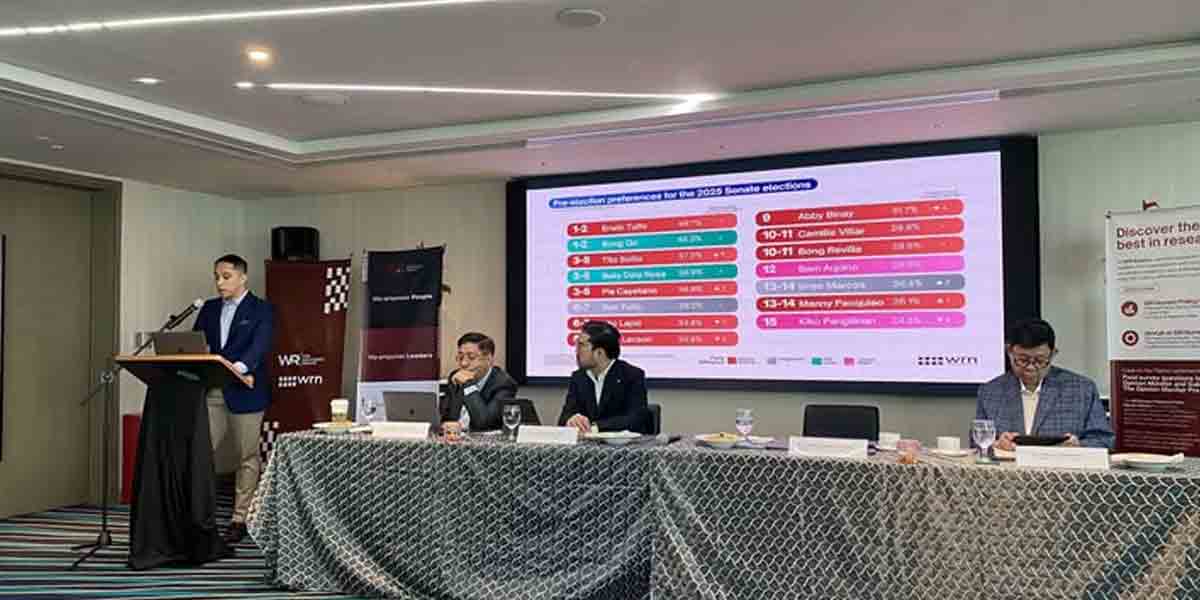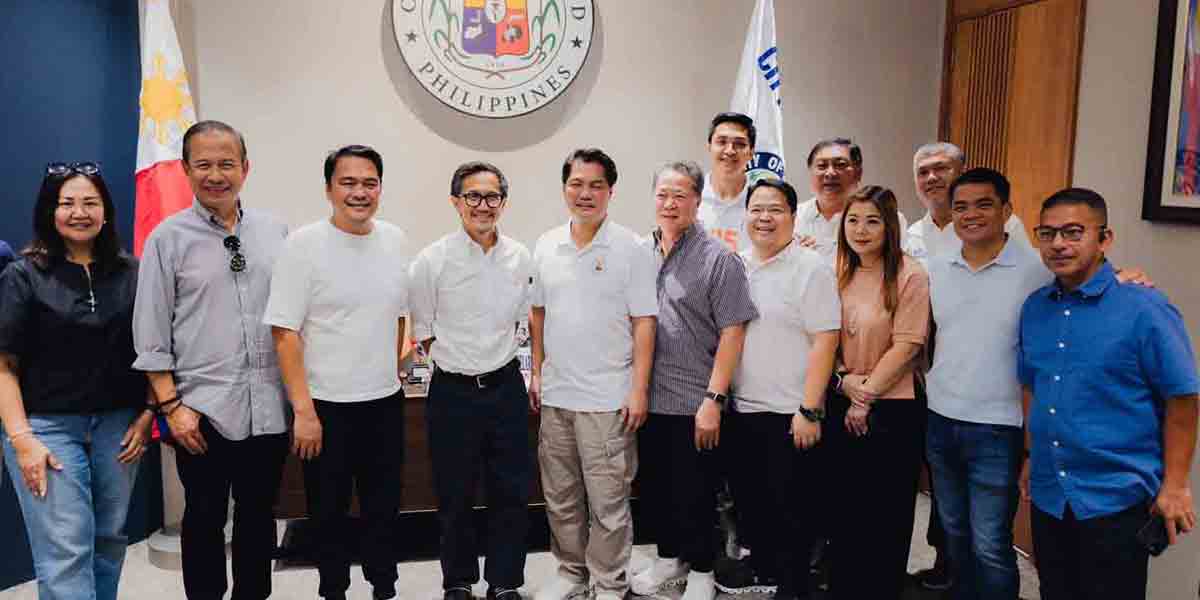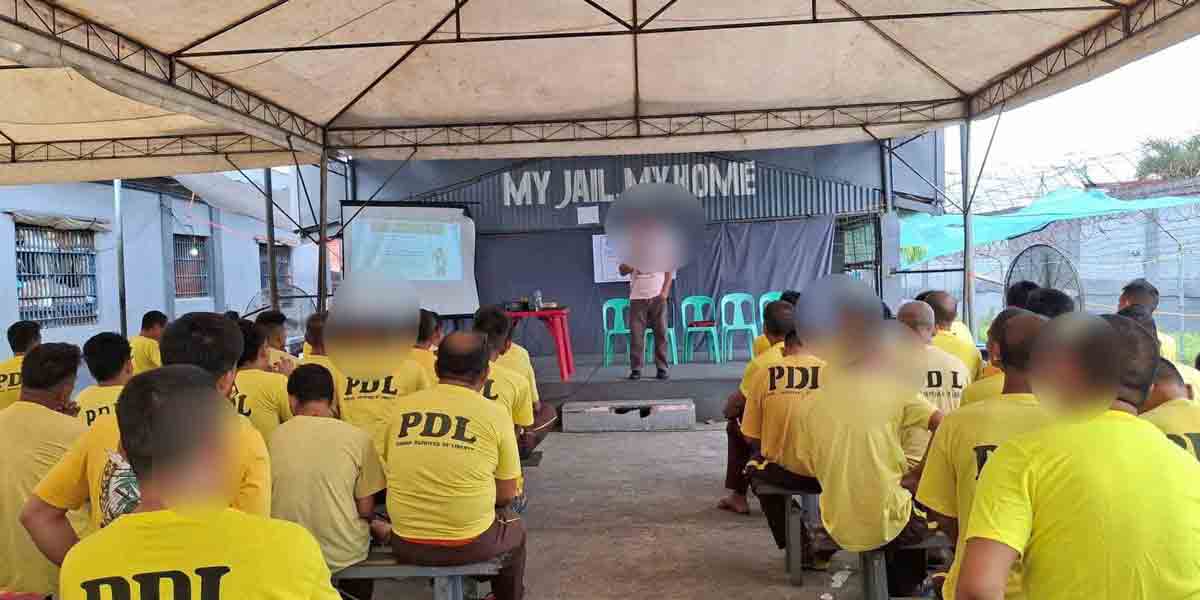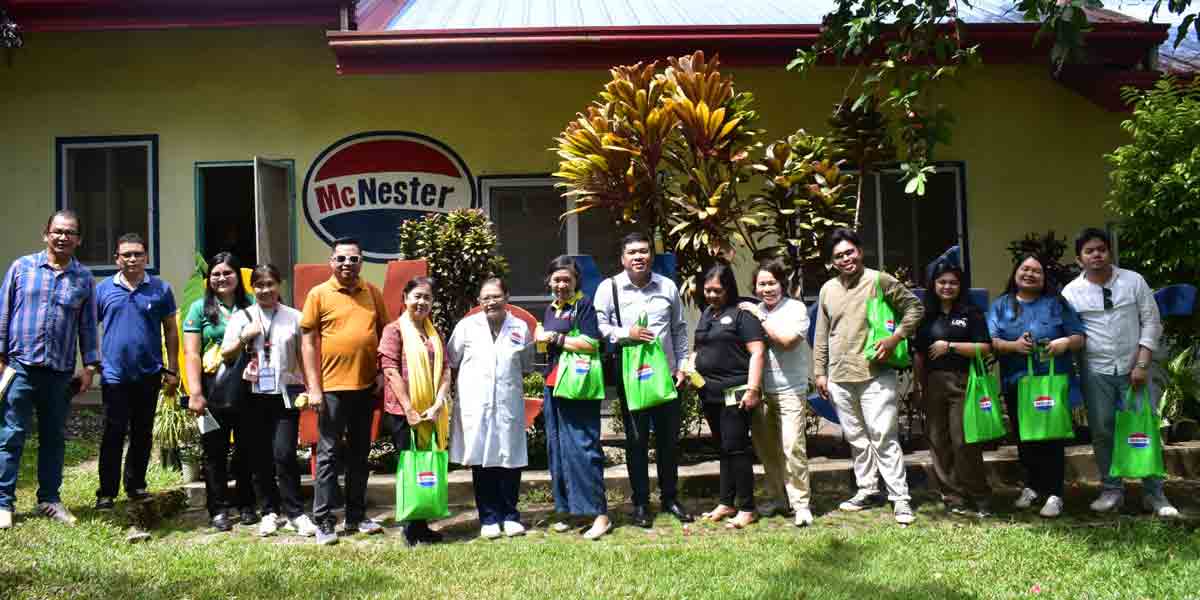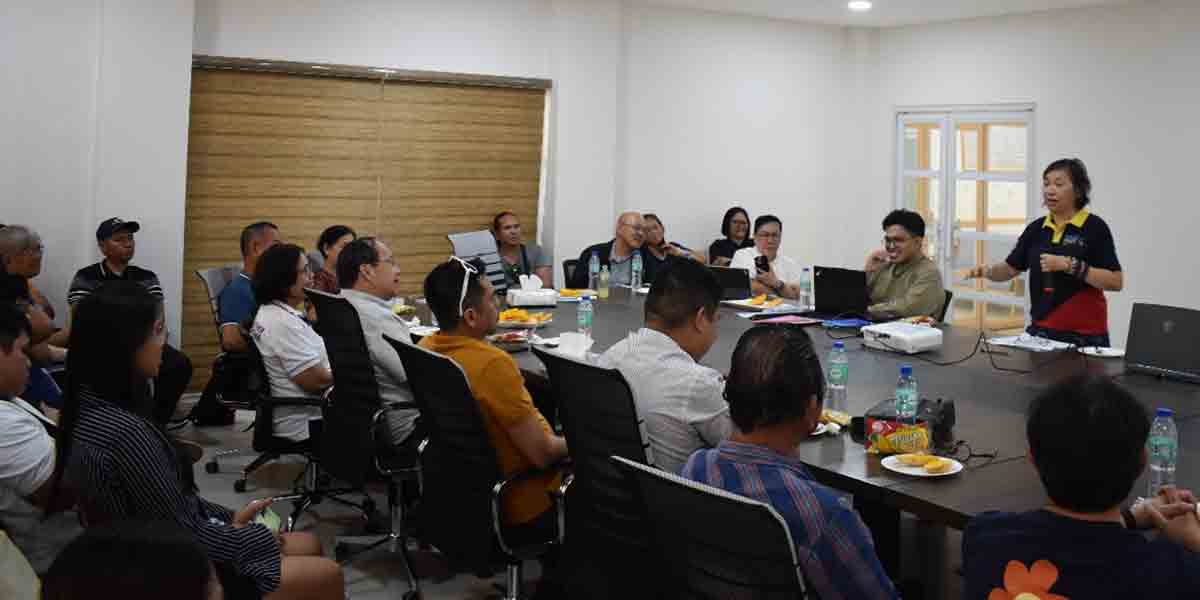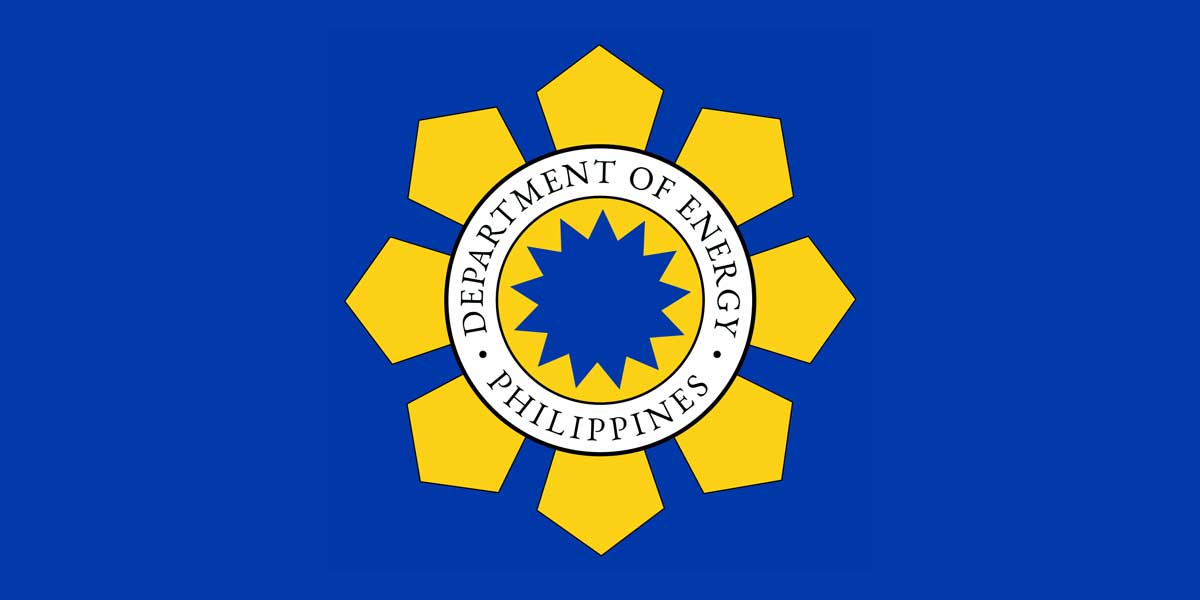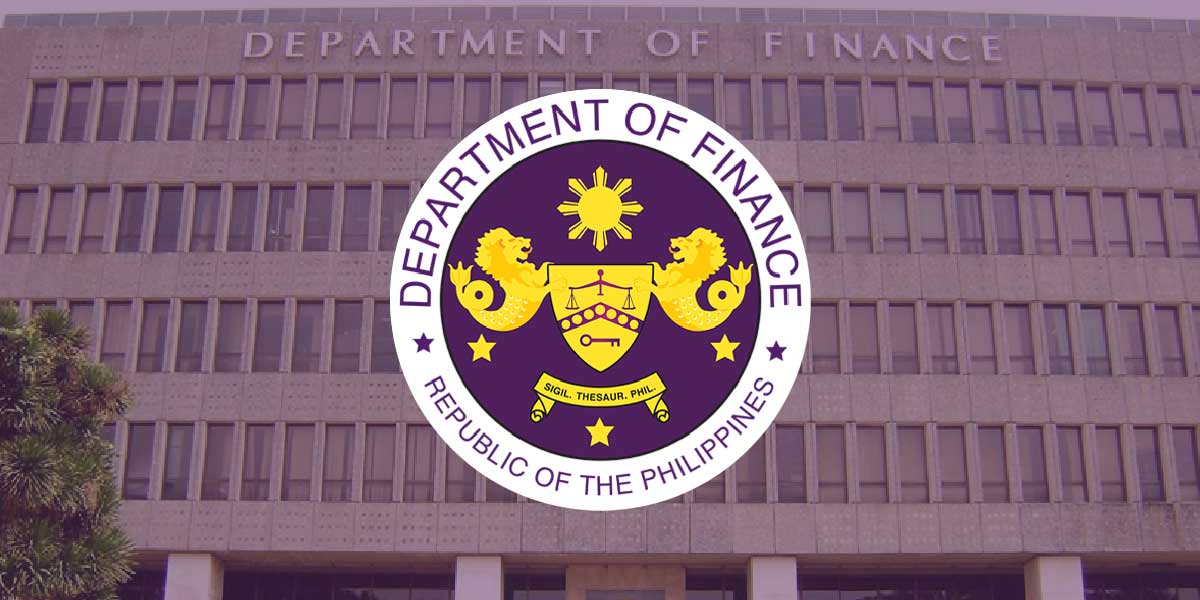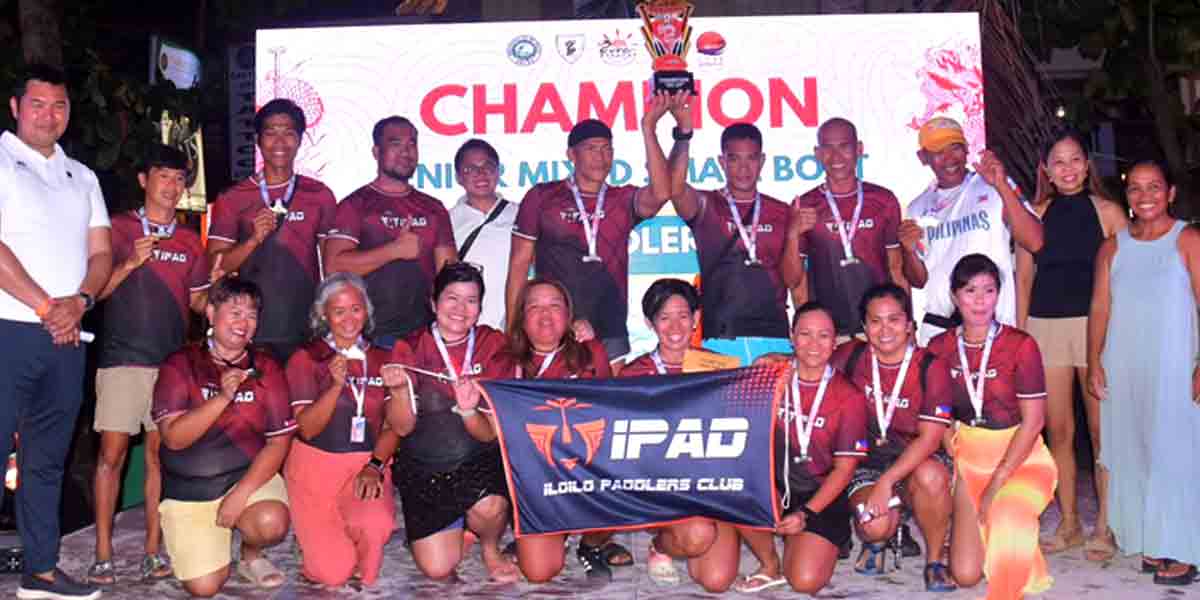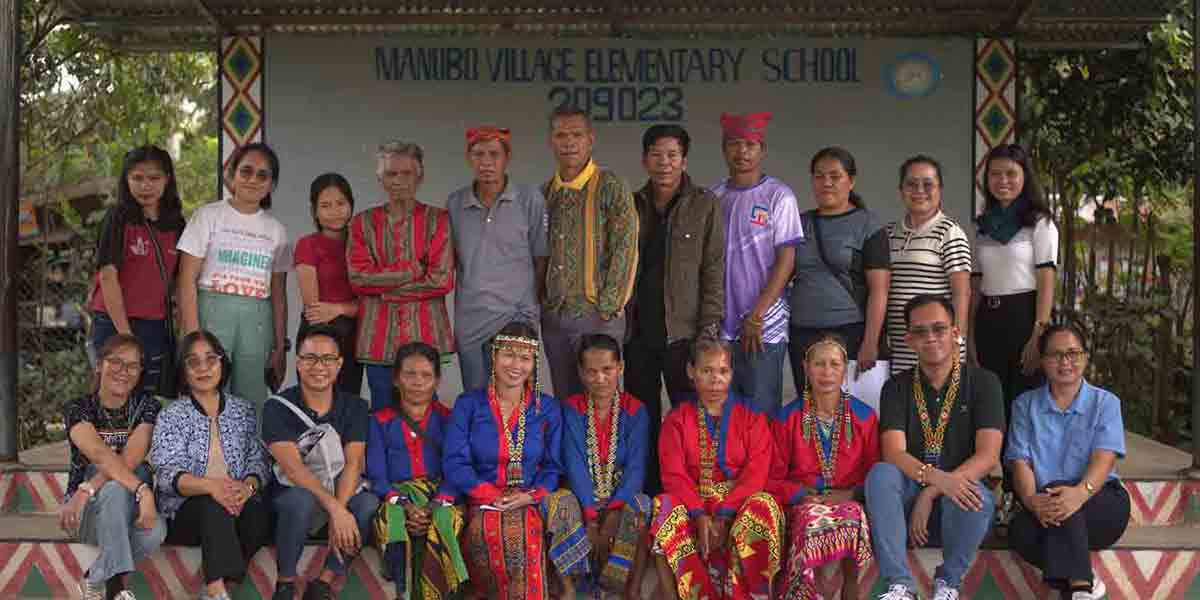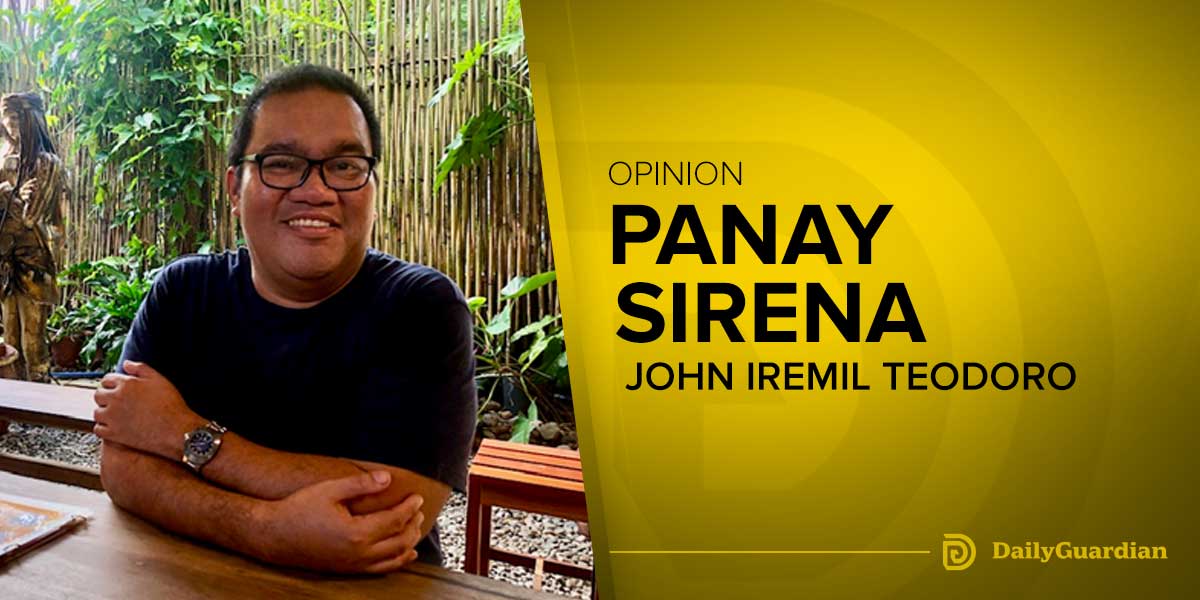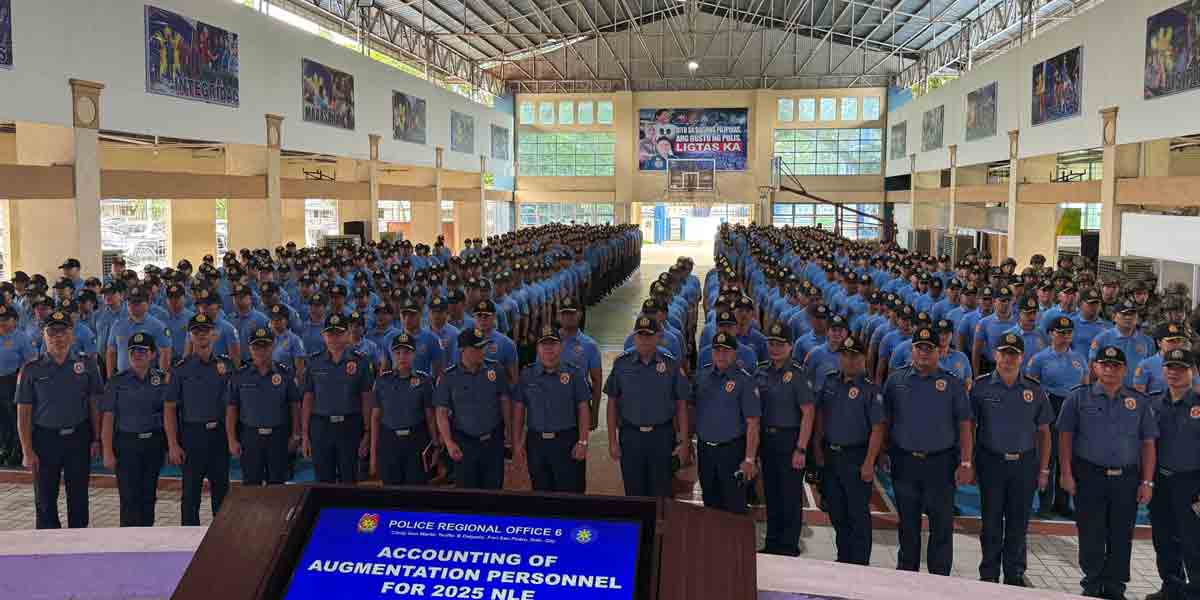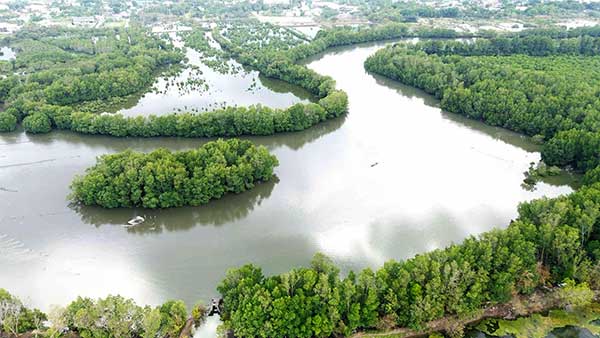
By Dr. Rex B. Sadaba
(The author is a professor at the Division of Biological Sciences, University of the Philippines Visayas in Miagao, Iloilo. He wrote the scientific justification for the preservation of Isla Verde in response to its proposed removal, which the DPWH has forgone.)
Isla Verde, an islet within the Iloilo River characterized by overwash mangroves and surrounded by riverine mangroves, is a critical ecological asset that warrants protection due to its multifaceted contributions to biodiversity, ecosystem stability, and climate resilience. Below is a scientific case for its preservation, grounded in ecological and environmental science principles:
- Biodiversity Hotspot and Wildlife Sanctuary
Isla Verde is a vital ecological haven, home to a rich array of flora and fauna, including extensive mangrove forests and associated species such as herons, fish, crustaceans, and other wildlife.
Mangroves—among the most biodiverse ecosystems on Earth—support intricate food webs and provide critical ecological services.
The islet’s overwash mangroves, dominated by species such as Avicennia alba, Rhizophora apiculata (bakhaw lalaki), R. mucronata (bakhaw babae), and Sonneratia alba (pagatpat), are regularly inundated by tides, forming unique microhabitats that sustain specialized organisms adapted to brackish environments.
These mangroves also function as essential nurseries for juvenile fish and invertebrates, many of which are economically important to local fisheries.
The destruction of Isla Verde would result in significant biodiversity loss and trigger cascading ecological consequences for the Iloilo River system.
Notably, Brgy. Sooc—where Isla Verde is located—hosts 23 of the 32 true mangrove species found in the Philippines, representing one of the highest levels of mangrove diversity in any highly urbanized area.
This makes Isla Verde a true biodiversity hotspot in urgent need of full protection.
- Ecosystem Services of Mangroves
Mangroves, including those on Isla Verde, provide essential ecosystem services:
a. Coastal and Riverbank Stabilization: Mangrove roots trap sediment and reduce erosion, maintaining the structural integrity of the riverbank and preventing sediment buildup that could alter river flow.
b. Water Quality Improvement: Mangroves filter pollutants, including excess nutrients and sediments, improving water quality in the brackish Iloilo River.
c. Carbon Sequestration: Mangroves are highly effective carbon sinks, storing significant amounts of carbon in their biomass and soils, thus mitigating climate change.
Destroying Isla Verde would release stored carbon and diminish the river’s capacity to sequester greenhouse gases.
d. Flood and Storm Surge Mitigation: The islet’s mangroves act as natural barriers, dissipating wave energy and reducing the impact of floods and storm surges, which are frequent in Iloilo due to its typhoon-prone location.
- Role in River Hydrology and Navigation
Isla Verde’s potential to obstruct river flow or navigation must be balanced against its hydrological benefits.
The islet’s mangroves stabilize sediment, reducing downstream siltation that could worsen flooding or clog waterways.
Far from being an obstacle, Isla Verde likely supports a balanced river system.
Studies on mangrove-lined rivers demonstrate that these ecosystems improve flow dynamics by minimizing turbulence and channeling water efficiently.
Engineered solutions, such as flow diversions, could address navigation concerns without removing the islet.
- Socio-Economic and Cultural Value
Beyond ecological functions, Isla Verde supports local livelihoods through its role in sustaining fisheries and its ecotourism potential.
The “Palawan-like” stretch of the Iloilo River, with its century-old mangroves, is a unique natural asset that could drive sustainable tourism, as seen in destinations like Palawan or Bohol.
Scientifically, preserving such areas enhances human well-being by maintaining cultural heritage and providing recreational spaces, which have measurable mental health benefits.
- Risks of Removal
Removing Isla Verde would have significant ecological consequences:
a. Loss of Habitat: Destruction of the islet would eliminate habitats for resident species, reducing biodiversity and disrupting food chains.
b. Increased Erosion and Flooding: Without mangroves, riverbanks would erode faster and flood risks would rise, potentially affecting nearby communities like Barangay Nava-Is.
c. Carbon Release: Bulldozing the islet would release stored carbon, contributing to greenhouse gas emissions.
d. Downstream Impacts: Altered sediment dynamics could degrade downstream mangrove forests and coastal ecosystems, including those in the Iloilo Strait.
Isla Verde is not an obstacle but a cornerstone of the Iloilo River’s ecological integrity.
Its mangroves provide irreplaceable services—biodiversity conservation, carbon sequestration, flood mitigation, and water quality maintenance—that are critical for environmental sustainability and human well-being.
Removing the islet would incur long-term ecological and socio-economic costs that far outweigh short-term navigational or developmental gains.
Instead, science-based alternatives such as hydrological modeling, mangrove restoration, or engineered solutions should be pursued to address practical concerns while preserving this vital ecosystem.
Protecting Isla Verde is a powerful investment in Iloilo’s ecological resilience, cultural heritage, and sustainable future—one that every Ilonggo can take pride in. (Photo courtesy of Engr. Niel Ravena)
***
Dr. Rex B. Sadaba is a professor at the Division of Biological Sciences, University of the Philippines Visayas in Miagao, Iloilo. He is one of the country’s foremost experts in mangrove ecology and marine mycology, with decades of experience in coastal resource management and environmental conservation.
Dr. Sadaba earned his Ph.D. in Botany from the University of Hong Kong in 1996, his M.S. in Environmental Studies from the University of the Philippines Los Baños in 1990, and his B.S. in Natural Sciences from the University of the Philippines Visayas in 1983.
His research focuses on the ecology of mangrove ecosystems and marine fungi, particularly their role in biodiversity conservation, climate resilience, and sustainable coastal development. He has published extensively on mangrove biodiversity, ecosystem services, and science-based management strategies.
Dr. Sadaba has served as a technical adviser to various government agencies, local government units, and non-government organizations on environmental protection, coastal zoning, and mangrove rehabilitation across the Philippines. Through his work, he advocates for the integration of science in policymaking to protect and preserve critical coastal habitats.


